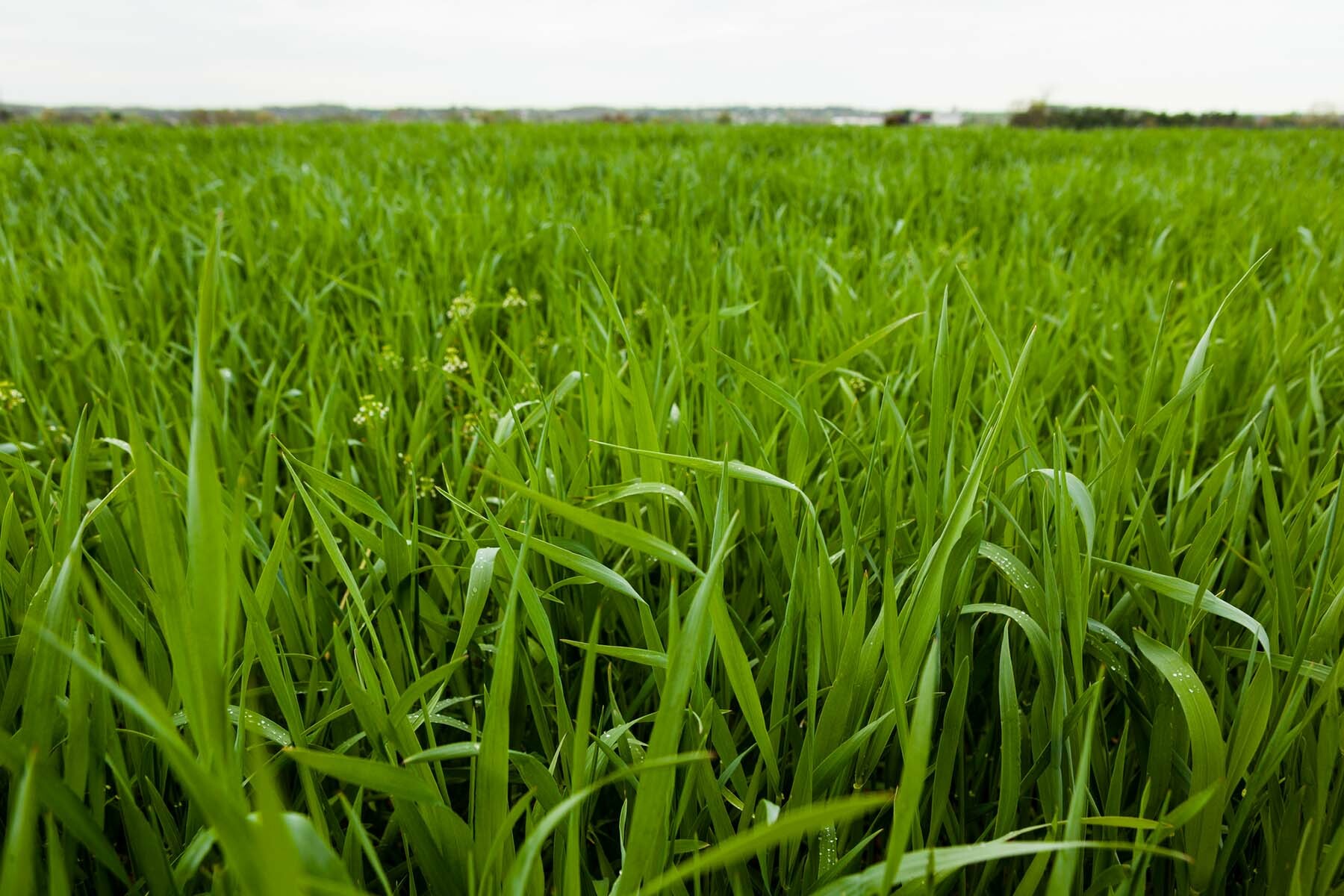Data show drop in estimated nutrient, sediment loads entering Chesapeake Bay
Computer simulations track partner progress toward clean water goals

Water quality modeling experts have announced a drop in estimated nutrient and sediment loads entering the Chesapeake Bay. Computer simulations show that pollution controls put in place between 2009 and 2015 have reduced the amount of nitrogen, phosphorus and sediment entering the Bay by eight, 20 and seven percent. During the 2014 to 2015 reporting period alone, these controls reduced nitrogen, phosphorus and sediment loads by three, three and four percent. Experts attribute this drop to significant reductions of nitrogen and phosphorus in the wastewater sector, reductions in the atmospheric deposition of nitrogen as a result of the Clean Air Act and the increased implementation of agricultural conservation practices. Improved reporting and enhanced crediting of these practices have also generated a more accurate picture of the pollution entering rivers and streams from this sector.
Excess nitrogen, phosphorus and sediment impair water quality: nutrients can fuel the growth of algae blooms that lead to low-oxygen “dead zones,” while sediment can block sunlight from reaching underwater grasses and suffocate shellfish. The pollution load estimates discussed here are one in a suite of tools used to track progress toward our clean water goals, which include the pollution-reducing commitments of the Chesapeake Bay Total Maximum Daily Load.
Nutrient reductions in the wastewater sector account for 41 percent of the estimated Bay-wide nitrogen reductions and 38 percent of the estimated Bay-wide phosphorus reductions that took place between 2014 and 2015. Indeed, many large municipal wastewater treatment plants are removing more nitrogen from effluent than it was previously thought technology would allow.

Our picture of agricultural best management practices has also changed: cover crops have seen improved reporting, conservation tillage has seen increased implementation and nutrient management plans have become associated with increased nutrient reductions. Improved reporting and enhanced crediting allow computer simulations to show a more accurate picture of the pollution entering rivers and streams from the agricultural sector.
By incorporating the best available data into our computer simulations, we gain a more accurate picture of pollution in the watershed. This gives us a better understanding of the actions that are needed to restore water quality in our work toward an environmentally and economically sustainable watershed.

Comments
There are no comments.
Thank you!
Your comment has been received. Before it can be published, the comment will be reviewed by our team to ensure it adheres with our rules of engagement.
Back to recent stories